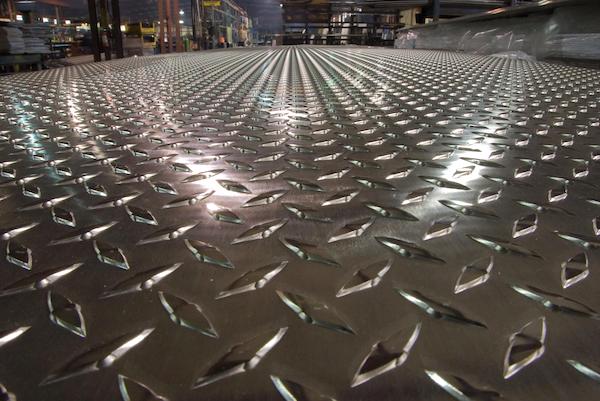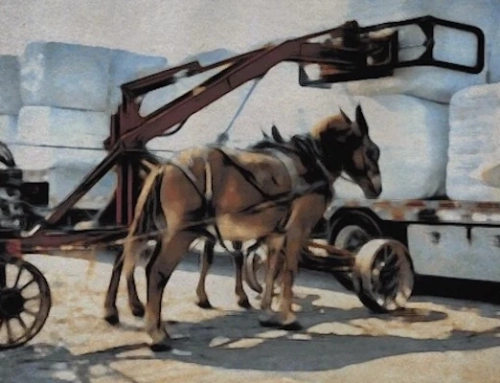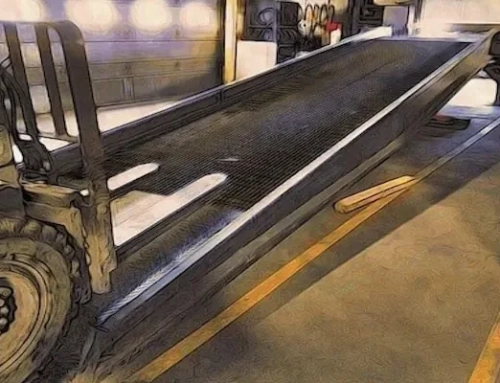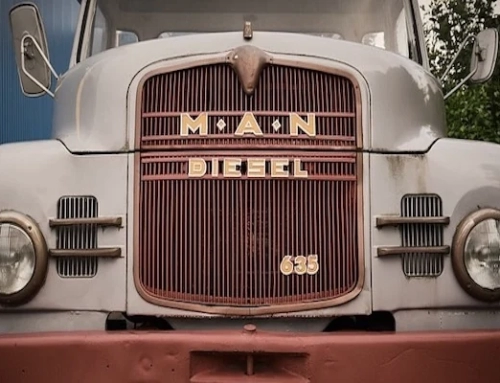From the Wheel to the Robot
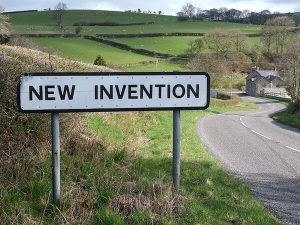
From shaping the first wheel to splitting the atom to printing in three dimensions, time and again, history shows us there’s nothing conventional about invention. The muse strikes, and we transform civilization.
We’ve shared our man McCoy Fields’ list of great inventions. As we evolve with our newfound technology, more and more, we like McCoy’s appreciation for the basics: The Lever. The Pulley. The Wheel. The Ramp. The Pile.
That list doesn’t seem quaint, though. It feels essential. Imagine where we’d be without any one of those five. (Though The Pile still has us scratching our heads. A pile of dirty laundry? McCoy plays coy; he’s not saying.)
Our friends at ThomasNet have compiled their own list of inventions that have shaped the manufacturing industry. Among them:
The Cotton Gin (1794). This revolutionary device reduced the time needed to separate cotton from the seeds. Which meant, among other things, that we were able to greatly reduce the time to market for clothing.
The Telephone (1876). The goal, some 140 years ago, was to find a way to transmit sound across great distances. Alexander Graham Bell did just that. Today, our phones fit in our pockets, and we can speak with somebody at the far ends of the earth (yes, long distance charges may apply).
The Moving Assembly Line (1913). Henry Ford revolutionized manufacturing with his use of conveyor belts to speed up production, and it forever after has transformed the nature of human production.

Industrial Robots (1959). A couple of surprises here. First, George Devol introduced his Unimate Industrial Robot nearly 60 years ago. Second, and depending on your point of view, the practice either evolves or disrupts the moving assembly line.
Two common threads running through each of these inventions are optimization of speed and bridging of distance. Both the cotton gin and the industrial robot have reduced time needed to reach the end user.
We’ll take McCoy’s inclusion of the ramp in these lists of great inventions—and proudly so. Time and again in this space, we’ve underscored the yard ramp as a steady workhorse, helping businesses optimize their workflow.
All of which leads to an interesting question? Is it possible to improve the architecture of an industrial yard ramp and make it even more user friendly? We think the answer is yes. Keep watching this space.
___________
Quotable
Okay, McCoy Fields . . .the alphabetical quote-off is simply G-reat:

